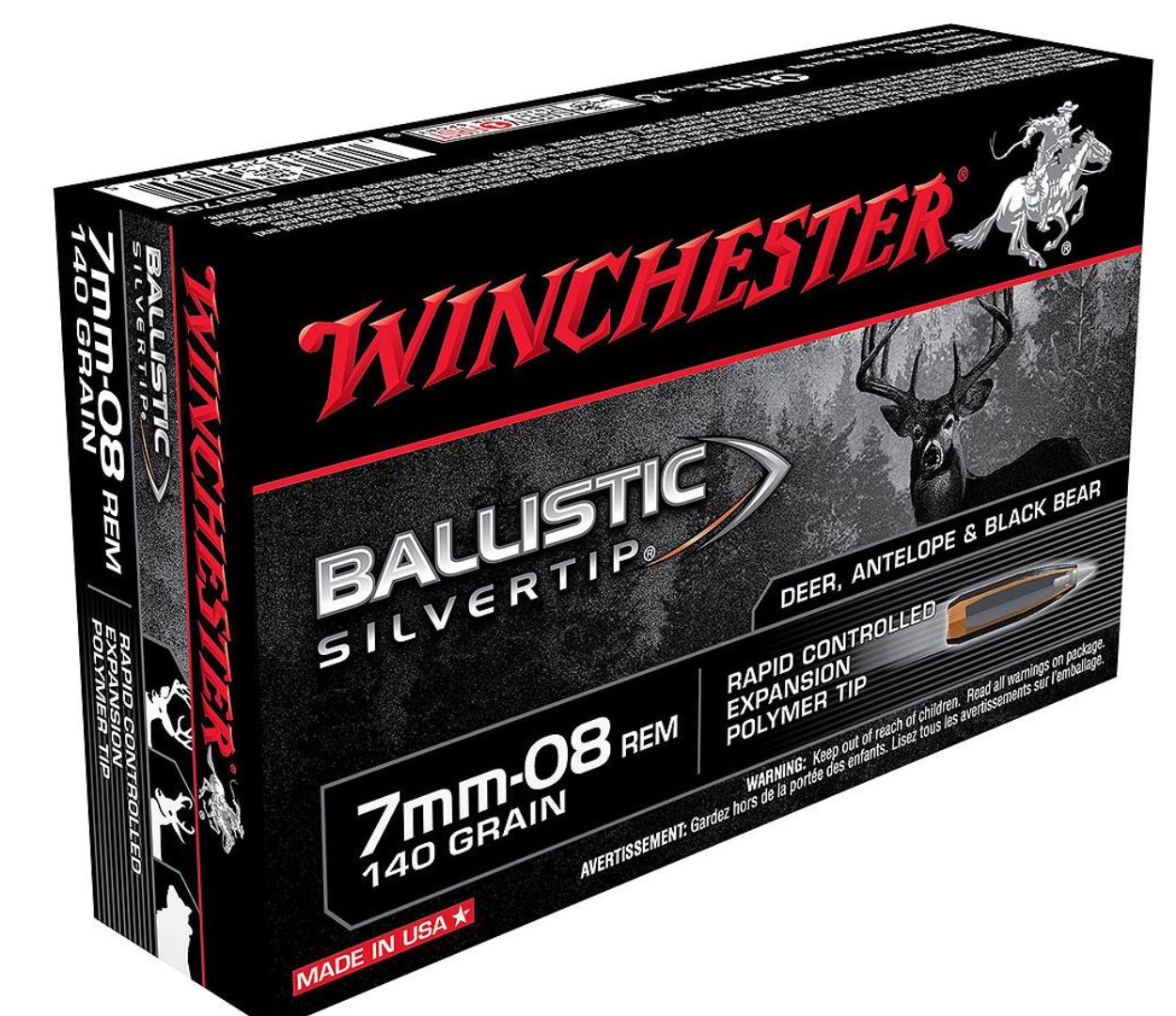The likelihood of culling being undertaken in both the Kawekas and a Ruahines is relatively high. The budget is there.
Is it a bad thing?
No!
Is it new?
No!
The Kawekas have had culling undertaken before. After the first round management at DoC had a bit of a reshuffle from memory and a 'hinds only ' policy was implemented. It was successful, we got beech regeneration. DoC teamed up with one of the hunting mags and all of the stag sightings, animals shot and areas that were identified as having higher animal densities that recreational hunters should try target were all mapped.
It didn't take an excessive amount of deer being removed to make a difference. One of my favourite spots we used to frequently see upwards of 30 deer for a weekend. After the culling we would see half a dozen or so. Still plenty to go around.
We owe it to the deer and the environment to reduce the numbers a bit. This winter I shot a few sika that were so skinny they didn't even have the energy to run away. Starving to death. As has been pointed out, every area is different. Some can sustain higher animal numbers and just because an area might appear not to be crawling with deer, some of that beech country is scarce in feed and can't actually sustain a high deer numbers but the carrying capacity is still to high which is detrimental to the environment. Other areas the deer numbers are not too high at all.
Once the animal numbers are reduced then it is up to the recreational hunters to prove that they can manage deer and take the opportunity to try keep the population stable.
Welcome guest, is this your first visit? Create Account now to join.
Welcome to the NZ Hunting and Shooting Forums.
Search Forums
User Tag List
+ Reply to Thread
Results 1 to 15 of 116
Thread: Newshub attacking Sika
Hybrid View
-
11-12-2023, 09:15 AM #1Member

- Join Date
- Dec 2014
- Location
- Napier
- Posts
- 509
-
11-12-2023, 11:21 AM #2
One cannot argue with deer numbers on the rise and consequently in order to sustain that deer population growth, basic logic is they must eat so there is always going to be a causation effect on flora.
I've hunted both Kaimanawas and Kawekas on private/public land. The contrast between a heavily hunted area like Clements road in the Kaimanawas versus Ngaawapurua as an example with little hunting pressure in Kawekas is strikingly different. More vegetation/regeneration at Clements with some evidence of browsing, compared to open areas (200m+ under canopy) with little new vegetation in places in Kawekas.
Both the Kaimanawas and Kawekas I have observed fenced off Ecological Areas for research. Its astonishing when you take the time to look and study these fenced areas and compare the difference to what is or not growing in the surrounding area.
There is no silver bullet to this issue, but it will involve all stakeholders to work collaboratively together to manage and maintain deer populations in the future. That in itself is the challenging part having all interested parties collectively agree on a plan going forward.
-
11-12-2023, 12:44 PM #3Member

- Join Date
- Jun 2023
- Location
- Auckland
- Posts
- 364
Similar Threads
-
What to do with this sika
By Chelsea in forum Game Cooking and RecipesReplies: 34Last Post: 24-11-2021, 04:17 PM -
Best sika so far
By stagstalker in forum The MagazineReplies: 20Last Post: 20-08-2020, 11:53 AM -
Attacking giant snake in the jungle, bake and cook it in a delicious way
By Linh in forum Photography and VideoReplies: 0Last Post: 26-04-2018, 08:22 PM -
Two big sika
By kawekakid in forum HuntingReplies: 7Last Post: 14-04-2014, 10:21 PM
Tags for this Thread
Welcome to NZ Hunting and Shooting Forums! We see you're new here, or arn't logged in. Create an account, and Login for full access including our FREE BUY and SELL section Register NOW!!





 243Likes
243Likes LinkBack URL
LinkBack URL About LinkBacks
About LinkBacks



 Reply With Quote
Reply With Quote




Bookmarks